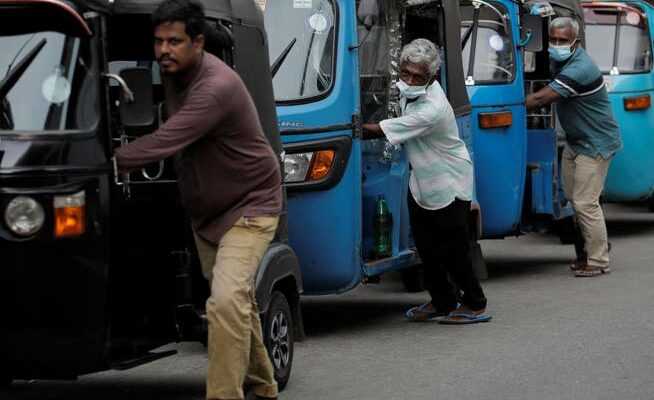The Corona and Ukraine crises are only accelerating the problem, but are not the cause of it: if you lend money to countries with unsustainable economic policies, you will hardly get it back properly.
Rickshaw drivers wait in line to buy petrol at a gas station in Colombo.
The horror reports from the popular holiday island are chasing each other. On Tuesday, Sri Lanka has the immediate Suspension of all payments to foreign debtors announced. Contrary to what the government is trying to portray, this is not simply the result of relentless external misfortune.
As early as 2019 – i.e. before the pandemic – Sri Lanka’s government took in just under 13 percent of annual economic output (GDP), but spent 21 percent. In the pandemic, revenue then fell to just 9 percent while spending increased to 22 percent. At 110 percent of GDP, national debt reached a level that could hardly be financed sustainably for a country in transition.
The chronic current account deficit and the government’s funding needs should have caused the rupee to depreciate significantly. The government, in turn, did not want to allow this because it would have made debt servicing and the prices of imported goods more expensive.
Lacking currency reserves, the central bank resorted to capital controls and forced conversion of foreign exchange earnings. In addition, it began to finance most of the hole in the state treasury directly. The government reacted to the resulting inflation with price controls.
Now there is a shortage of petrol, diesel and electricity, and for some even food. The population protested furiously, and chaos threatened the country. That’s sad. Also because it would not have come to this if the international creditors hadn’t watched the mismanagement for a shorter period of time. Now they will have to write off receivables and pay them. You should be alarmed. Because Sri Lanka is not alone.
